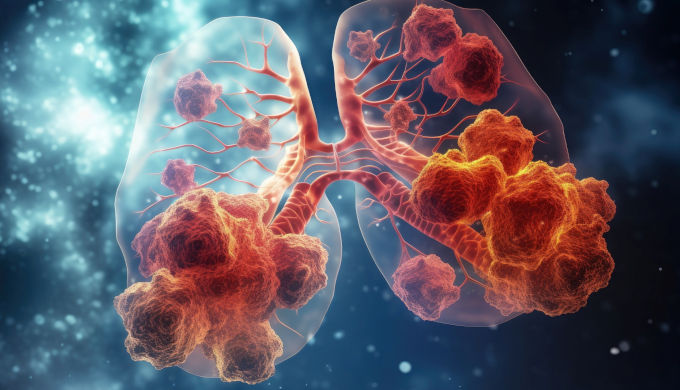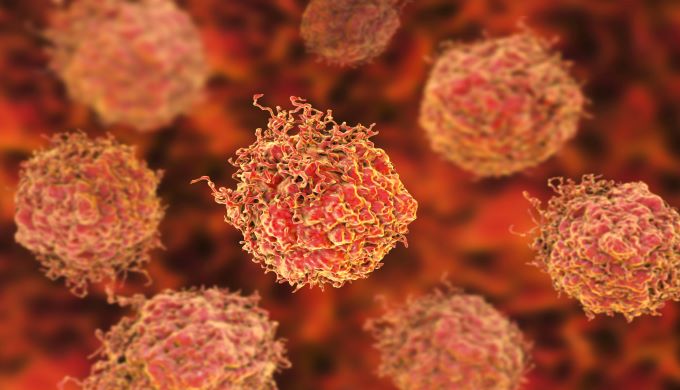Author: Lucy Piper
medwireNews: Patients with primary Sjögren’s syndrome (pSS) and interstitial lung disease (ILD) are at increased risk of respiratory infections, particularly bacterial infections, suggests a study published in Clinical Rheumatology.
The investigators found that patients with pSS-ILD and respiratory infections were significantly more likely than their peers without respiratory infections to have worse disease activity, and more often had pulmonary arterial hypertension (PAH) and reduced diffusion capacity for the carbon monoxide of the lung single breath (DLCO).
“Establishing the connection between infection and pSS-ILD holds paramount importance for early recognition and vigilant monitoring of patients susceptible to unfavourable outcomes”, say Jing He and colleagues, from Peking University People’s Hospital in Beijing, China.
This in turn has “the potential to mitigate mortality rates, stave off disease progression among the pSS population, and guide the formulation of personalized treatment strategies.”
He and team reviewed the medical records of 162 patients who were diagnosed with pSS-ILD between 2015 and 2020. Of these, 53 had respiratory infections and 109 did not. The mean age of the patients with and without infections was 65.4 and 62.2 years, respectively, and the vast majority were women, at a corresponding 90.6% and 95.4%.
The researchers found that in line with reports in the literature for patients with pSS-ILD, nonspecific interstitial pneumonia was the most common type of ILD on high-resolution computed tomography (HRCT) or pulmonary function tests, affecting 32.1% of patients. Other common types included interstitial pneumonia (28.9%) and lymphocytic interstitial pneumonia (25.2%).
The most prevalent pathogen among those with infections was bacteria, identified on morphological and biochemical assays in 64.1% of individuals. Co-infections were seen in 20.7% and fungal infections in 7.5%.
The investigators report that patients with infections compared those without had significantly higher average EULAR SS disease activity index scores (20 vs 13 points), significantly lower levels of DLCO (60.1 vs 74.2 units), and were significantly more likely to have PAH, at 62.3% versus 32.1%.
Differences on laboratory measures included significantly elevated levels of C3 (mean 0.92 vs 0.87 g/L) and gamma globulin (mean 31.3 vs 23.8%), as well as higher ESR (35.0 vs 26.0 mm/h) and CRP levels (24.4 vs 6.7 mg/L).
In both groups, the most frequent treatments were glucocorticoids (46.9%), hydroxychloroquine (42.6%) and acetylcysteine (22.2%).
But He and colleagues highlight the significant difference in glucocorticoid use between those with and without respiratory infections, being more common in the former group, at 60.4% versus 40.4%.
“This underscores the imperative need for clinicians to exercise caution and remain aware of the underlying infection risk in pSS-ILD patients when prescribing glucocorticoid treatment.”
They also point out the “considerably higher” proportion of patients without infection who were taking hydroxychloroquine, at 49.5% versus just 28.3% of those with infection, suggesting that there may be a “protective role of [hydroxychloroquine] against infections in the context of pSS.”
On multivariate analysis, PAH was an independent risk factor for respiratory infection, increasing the risk fourfold, as was a DLCO below 40%, which increased the risk 4.6-fold.
The investigators conclude that their findings “underscore the imperative for regular HRCT assessments to monitor disease activity and emphasize the key role of pulmonary function testing for individuals with pSS, especially those with concurrent ILD.”
News stories are provided by medwireNews, which is an independent medical news service provided by Springer Healthcare Ltd. © 2023 Springer Healthcare Ltd, part of the Springer Nature Group
This independent news story was supported by an educational grant from L’Institut Servier, Suresnes, France.
Image Credits: © Creative Station / stock.adobe.com



